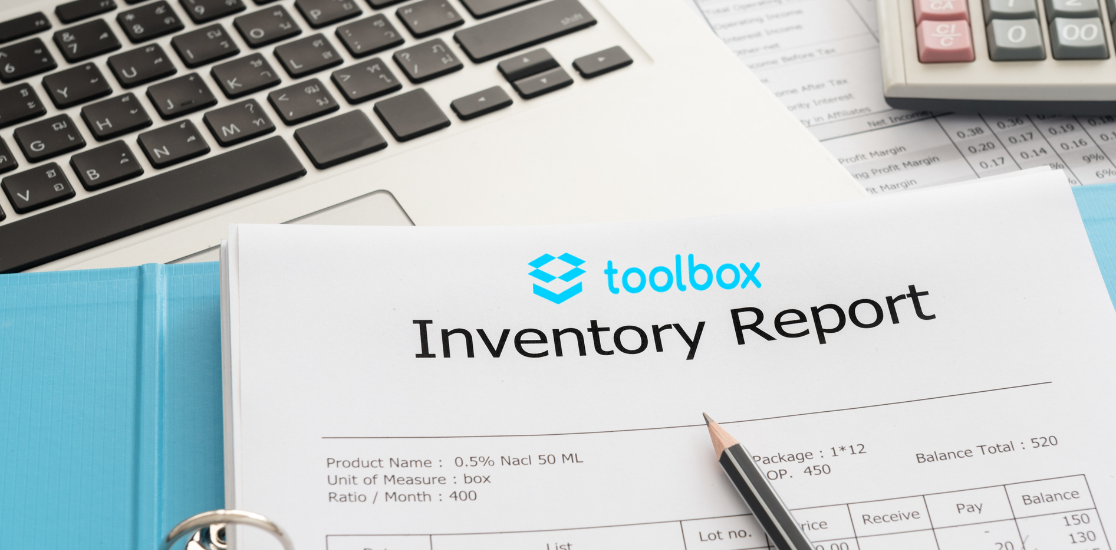The Ultimate Guide to Inventory Management Software: What You Need to Know

Effective inventory management is the backbone of any successful business, whether you’re a small retailer or a large enterprise. Managing stock levels, ensuring product availability, and minimizing waste are all crucial to maintaining profitability and customer satisfaction. This is where inventory management software comes into play, offering businesses the tools they need to streamline operations, reduce costs, and improve efficiency.
What is Inventory Management Software?
Inventory management software is a tool designed to help businesses track, manage, and optimize their inventory levels. It provides real-time data on stock quantities, product locations, and supply chain operations, enabling businesses to make informed decisions about purchasing, stocking, and selling products. This software is essential for businesses that deal with large volumes of goods, as it helps to prevent stockouts, overstocking, and other inventory-related issues.
Key Features of Inventory Management Software
- Real-Time Inventory Tracking: One of the most significant advantages of inventory management software is real-time tracking. This feature allows businesses to monitor stock levels as they change, giving an accurate picture of what’s available at any given time. Real-time tracking helps prevent stockouts and ensures that you can meet customer demand promptly.
- Automated Reordering: To maintain optimal inventory levels, the software can automatically trigger reorders when stock levels fall below a predefined threshold. This automation helps prevent both overstocking and stockouts, keeping your inventory balanced and reducing storage costs.
- Multi-Location Management: For businesses operating across multiple locations, managing inventory can be particularly challenging. Inventory management software allows you to track and manage stock levels across all your locations from a single interface, ensuring consistency and efficiency in operations.
- Detailed Reporting and Analytics: The software provides comprehensive reports on inventory turnover, sales patterns, and other critical metrics. These insights enable businesses to make data-driven decisions, optimize their inventory levels, and improve overall efficiency.
- Barcode Scanning and Integration: Many inventory management systems come with barcode scanning capabilities, allowing for quick and accurate tracking of items as they move through the supply chain. Integration with other systems, such as POS (Point of Sale) software, further streamlines operations.
- Inventory Forecasting: Advanced inventory management software often includes forecasting tools that use historical data to predict future inventory needs. This helps businesses prepare for demand fluctuations and reduces the risk of overstocking or understocking.
Benefits of Using Inventory Management Software
- Improved Accuracy: Manual inventory tracking is prone to errors, leading to inaccurate stock levels and potential losses. Inventory management software automates this process, reducing the likelihood of human error and ensuring more accurate inventory records.
- Cost Savings: By optimizing inventory levels, businesses can reduce carrying costs and avoid the expenses associated with overstocking and stockouts. The software helps identify slow-moving items, enabling better inventory decisions and reducing waste.
- Increased Efficiency: Automating inventory tasks frees up time for employees to focus on other critical areas of the business. The software simplifies complex processes, such as order ful-fillment and stock audits, enhancing overall operational efficiency.
- Enhanced Customer Satisfaction: With accurate stock levels and faster order processing, businesses can fulfill customer orders more efficiently, leading to higher customer satisfaction and repeat business.
- Scalability: As your business grows, so does the complexity of managing inventory. Inventory management software is scalable, allowing it to accommodate the increased volume and complexity of your inventory as your business expands.
Choosing the Right Inventory Management Software
When selecting inventory management software, consider the following factors:
- Business Size and Complexity: Choose software that fits your business size and complexity. Small businesses may need a simpler solution, while larger enterprises might require more advanced features.
- Integration Capabilities: Ensure the software can integrate with your existing systems, such as your POS, ERP, and eCommerce platforms, to create a seamless operation.
- Ease of Use: The software should be user-friendly, with a clean interface that makes it easy for your team to learn and use effectively.
- Customization: Look for software that offers customization options to tailor the system to your specific business needs.
- Customer Support: Reliable customer support is essential for resolving any issues quickly and ensuring smooth operation.
Conclusion
Inventory management software is an invaluable tool for businesses looking to optimize their operations and improve efficiency. By providing real-time data, automating key processes, and offering detailed analytics, this software helps businesses maintain optimal inventory levels, reduce costs, and enhance customer satisfaction. Whether you’re a small business or a large enterprise, investing in the right inventory management software can lead to significant improvements in your bottom line.
If you’re looking for a robust and reliable inventory management solution, ToolboxPOS offers comprehensive software designed to meet the unique needs of retail businesses. Our all-in-one platform integrates seamlessly with your existing systems, providing you with the tools you need to manage your inventory effectively. Contact us today to learn more about how ToolboxPOS can help your business thrive!
